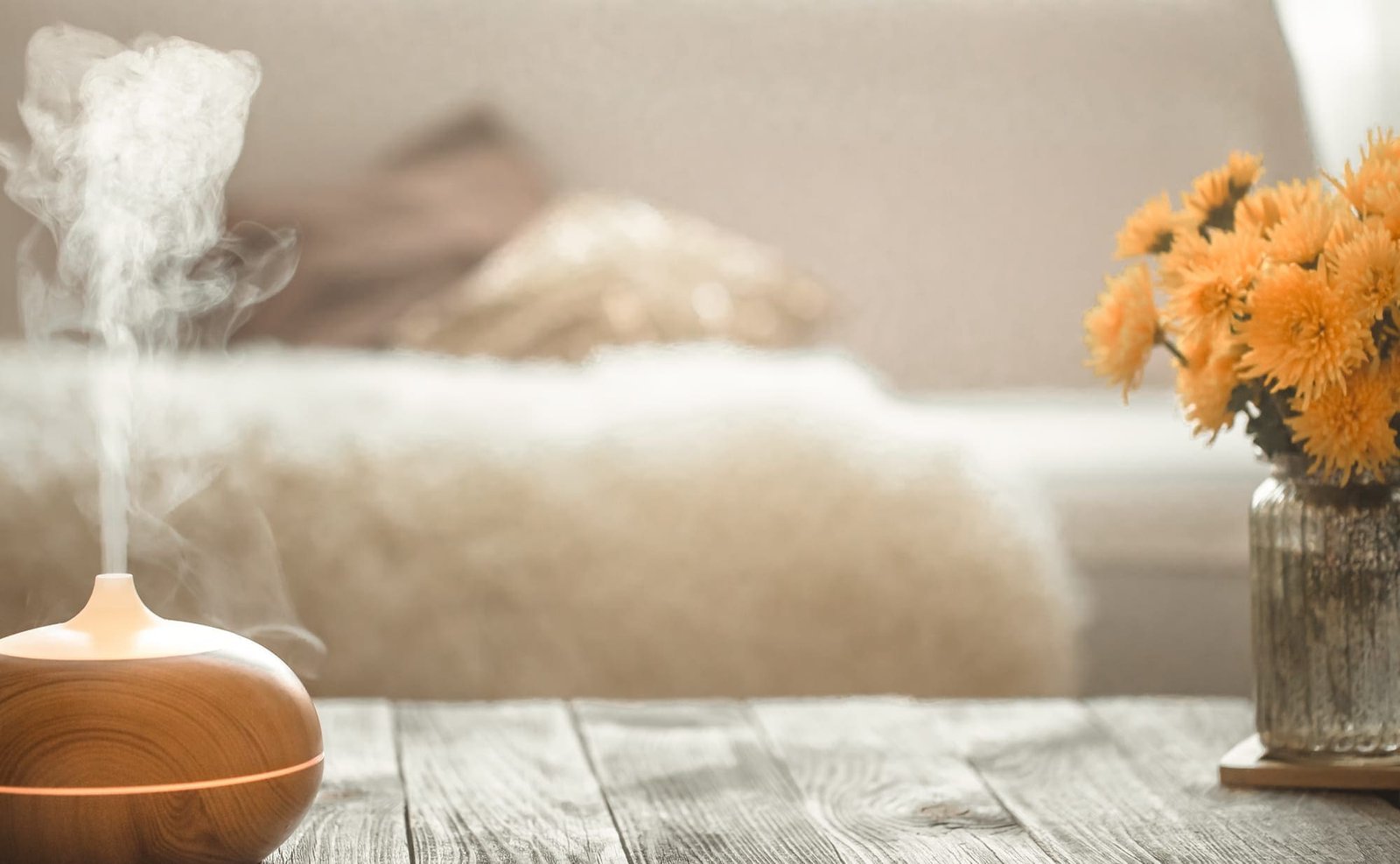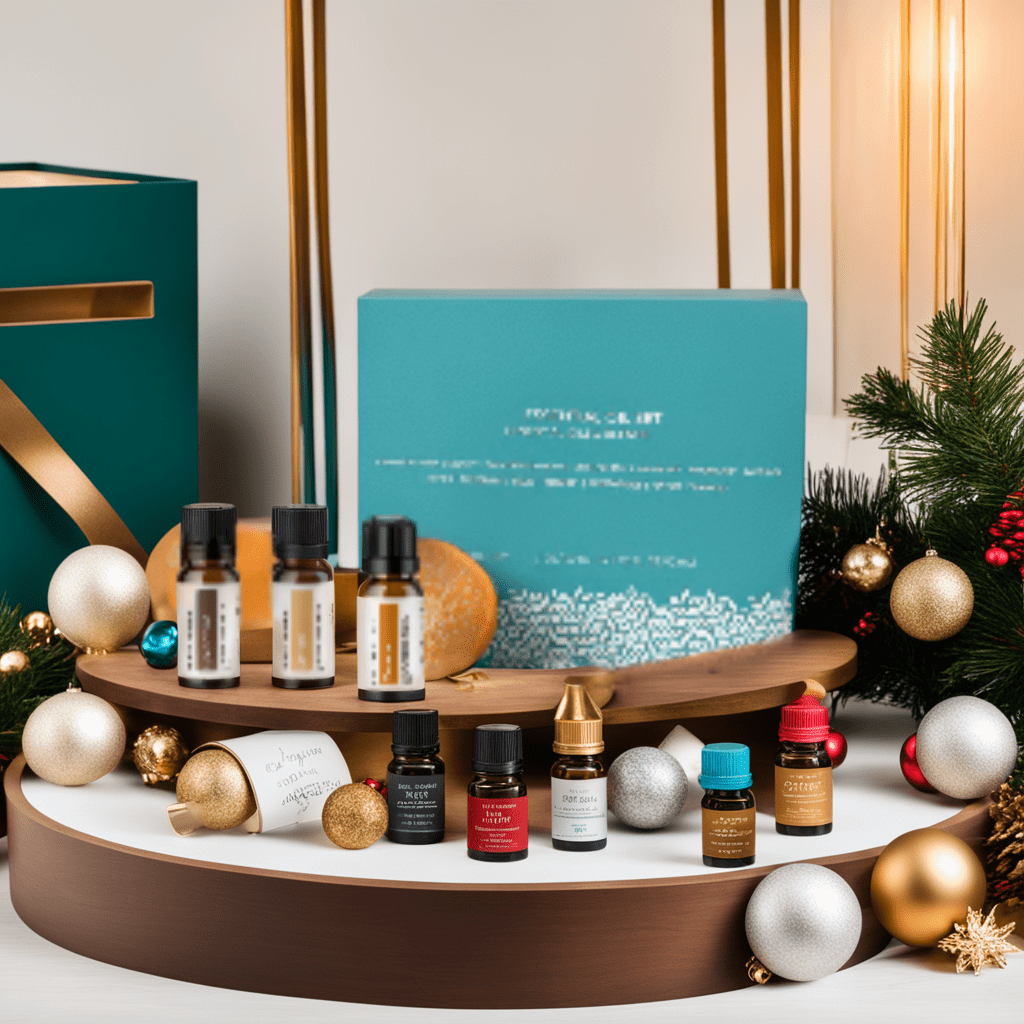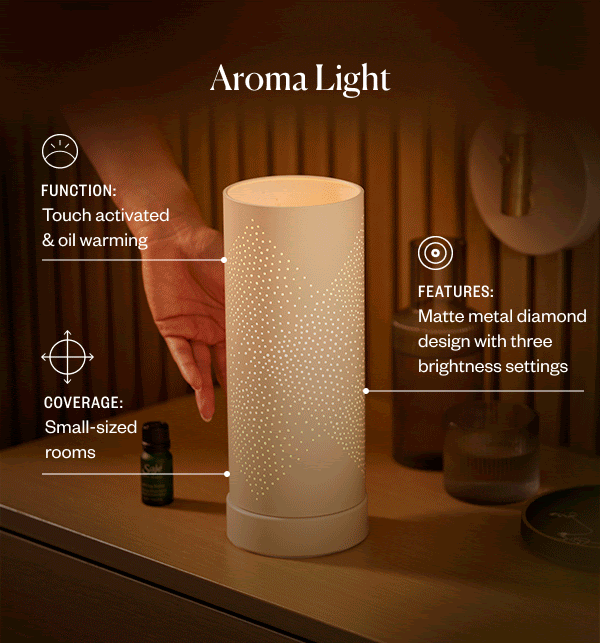Learn how to use essential oils effortlessly without the need for specialized training or a degree. Whether you prefer aromatic, topical, or ingestible methods, discover the three primary ways to incorporate essential oils into your routine. From inhaling their aroma to applying them on your skin or even enjoying their flavors, with a bit of practice and guidance, you’ll soon become an expert in utilizing essential oils safely for their natural benefits.
How to Apply Essential Oils – Three Main Methods
Confused about applying your essential oils? The method of application depends on the specific benefits you seek. Each oil provides distinct advantages based on where and how you apply it. Prior to using any new essential oil, ensure you review its uses, benefits, and accompanying labels and instructions. If you have any questions or concerns, consult with your healthcare provider for guidance.
Using Essential Oils Aromatically
Let’s begin with the primary method for using essential oils: aromatically. Each essential oil carries a distinct aroma that can be inhaled for various effects. For instance, the crisp scent of one oil can energize you during the day, while the soothing aroma of another can help you relax after a challenging day. To use essential oils aromatically, simply open the bottle and inhale. They can also be applied topically as a personal fragrance, but it’s essential to dilute them with a carrier oil, such as coconut or almond oil. Mix a few drops of essential oil with your carrier oil, then apply it to your palms, inhale, or dab it behind your ear or on your neck. Alternatively, you can utilize a diffuser to spread the essential oil into the air.
Using Essential Oils Topically
Another popular method of applying essential oils is topically, allowing the oil to be absorbed into your skin. As emphasized earlier, it’s crucial to dilute oils with a carrier oil before applying them topically. These topical oils can be integrated into a massage or added to your favorite lotion, moisturizer, or other personal care products. Keep in mind that certain oils, especially those from the citrus family, may cause photosensitivity. A carrier oil, such as coconut or almond oil, derived from plants, serves to dilute the concentration of essential oils.
Using Essential Oils Internally
If you find the aroma of an oil delightful, the taste can be equally impressive! Enhance your favorite dish or flavor a drink with select grades of essential oils. Ingesting oils allows you to experience their savory, herbaceous, spicy, and fruity qualities. Incorporating essential oils internally can be as simple as adding them to a glass of water, taking them in a capsule, or using them as a seasoning. Begin with a small amount, as even a single drop can potentially overpower your recipe. A suggestion is to dip a toothpick in the oil and stir a small amount as a starting point. However, always ensure the oil is safe for ingestion before using it internally. If the label doesn’t explicitly state that it’s safe for ingestion, assume it’s intended for external use only.
What Are the Best Essential Oils for Beginners?
Embarking on the journey with essential oils might seem overwhelming. Figuring out which oils to begin with and understanding their usage can be challenging, especially with hundreds of diverse oils, each offering unique applications and benefits—it’s like trying to drink from a firehose.
For beginners, the most suitable oils are those that bring numerous benefits and applications. These versatile oils can find a place in every corner of your home and every aspect of your life. Here are the top ten recommended oils for individuals new to the world of essential oils.
The Basics Tenets of Essential Oil Safety
When learning how to safely use essential oils, remember that these oils are extremely potent and should always be handled carefully. With that in mind, here are a few basics on how to handle essential oils carefully.
Always check the label
Before using any new oil, be sure to check the label for directions and warnings.
A little goes a long way
Less is more when it comes to these concentrated oils. You can always add more, so whether you’re using oils aromatically, topically with a carrier oil or internally, start slow. Use the smallest recommended amount and then work your way up as needed.
Watch for a reaction
Everyone is different, so as you start out with small amounts of these oils, watch for any reactions to the essential oils you use. If your skin becomes irritated, apply a carrier or fatty oil to the affected area to dilute the essential oil.
Use one oil at a time
Only use one new oil at a time to see how your body will react to it. After applying the new oil, wait at least 30 minutes before applying another new one.
Avoid applying oils to certain parts of the body
Don’t apply essential oils to your eyes, ears, nose or other areas with sensitive skin.
Consult your healthcare provider
If you are pregnant, nursing, taking medication or have a medical condition, talk to your healthcare provider before trying any oils.
Be aware of oils that cause photosensitivity
Some oils, mostly those from the citrus family, can cause photosensitivity to direct sunlight for at least 12 hours after application. Make sure you stay out of direct sunlight after applying these undiluted essential oils to your skin.
How to Use Essential Oils Aromatically
Knowing how to use essential oils aromatically helps you use those famous aromas to their full potential. Their powerful scents can evoke strong emotional, mental and even physical reactions. That’s because our smell receptors connect directly to where your emotions and memories are stored in your brain’s limbic system.
There are countless ways to use essential oils aromatically. The simplest way is to put a few drops into the palms of your hands, then cup your hands around your mouth and nose and inhale, breathing deeply to allow your receptors to absorb the oil’s aroma. You can also mix oils in a spray bottle with water and use it to spritz surfaces, furniture, linens and the inside of your car.
Here are some other ways you can use essential oils aromatically.
How Do You Diffuse Essential Oils?
To diffuse essential oils, you can add 8–20 drops to a water oil diffuser. With a diffuser, you can create any atmosphere you like—cozy and calming or grounding and invigorating. Here are a few tips if you’re pulling your first diffuser out of its box.
Find the best location for your diffuser
You’ll need to place the diffuser near an outlet, unless yours runs on batteries. Choose an open area where the diffuser has the most access to the space. Don’t place it near a fan or heat source and avoid direct sunlight if possible. These outside elements can affect the potency of the oils. Make sure the diffuser is kept out of the reach of small children.
Check the instructions on your diffuser
Review any directions that come with the diffuser and on your oil label. Look especially at the ratios of oil to water to know how to get the most aroma from your diffuser.
Avoid overfilling the diffuser
Use only as much water your diffuser can handle or your diffuser may not function the way it should.
What to do if you don’t have a diffuser
A DIY workaround when you don’t have a diffuser is to simply add a couple drops of your favourite oil to a cotton ball and place it wherever you think it would best disperse the scent. Over a vent can help you circulate the scents you love so they fill your home or workspace.
Effective Ways to Use Essential Oils Aromatically
You’ll discover countless effective ways to use essential oils aromatically. Even absorbed from the air, you’ll find that essential oils can have a dramatic effect on your environment. That’s because the scent you’re inhaling contains small particles of the oil itself, bringing with them the oil’s benefits as well as its aroma. Here are effective ways to use essential oils aromatically.
Inhale directly
You can breathe in the oil’s aroma directly from the bottle or by dripping some into your hands and cupping them over your mouth and nose while you breathe deeply.
Use a diffuser
This is perhaps the most effective way to disperse an essential oil’s scent throughout your work or living space.
Add to your surfaces
Essential oils can give your pillowcases, sheets or clothes a calming, soothing scent. Simply drop the oil onto a tissue and then brush the tissue over the clothes or linens. Or drop oils onto a wool dryer ball before tossing it in the dryer with your clothes.
Use steam
Boil a pot of water, remove it from its heat source, then add a couple drops of essential oil. Lean over the pot and drape a towel over your head to create a tent that captures the steam as you lower your face close to the water and inhale deeply.
Apply like perfume
Turn heads by dabbing a drop of your go-to oil on your wrist, behind the ears or on the neck to create your own personal fragrance. Dilute as needed with a carrier oil, such as olive oil, according to label directions.
Mix with your DIY cleaners
Add oils to your household cleaners so you can enjoy their fragrance while you make your space sparkle.
How to Use Essential Oils Topically on Skin
Using essential oils topically on skin is another popular application method. Oils absorb easily into the skin, so you can quickly and directly enjoy their beneficial properties. When applied topically, essential oils can improve the appearance of healthy-looking skin. Mix them with your favourite cosmetics to include them in your skin care routine. Add them to carrier oils to take a massage to the next level, making it that much more soothing or invigorating, depending on the oils you use. A few drops have the power to transform a warm bath or hot shower into a spa-like experience.
Knowing how potent essential oils can be, remember to always read label instructions before applying a new oil topically. Look for warnings about photosensitivity and dilution and, as mentioned earlier, always start small.
How Much Essential Oil Should I Use on My Skin?
Remembering how potent essential oils can be will help you know how much essential oil you should use on your skin. When applying a new oil, whether you’re using it topically or using another application method, check the label and follow the directions. Look for warnings about photosensitivity and dilution and, as mentioned earlier, always start small.
Many oils can be applied directly to the skin when diluted with a carrier oil like olive oil—usually to soothe fatigued muscles or for skincare. Water doesn’t mix well with essential oils and isn’t a good way to dilute. For topical applications to the skin, you’ll usually want to mix one to three drops of essential oil with one teaspoon of a carrier oil, unless the label recommends a different ratio. For larger applications, like a massage, you might want to lower that to one drop for every teaspoon of carrier oil.
Bear in mind that the effects from topically applying essential oils to your skin can last for a few hours. If you’re test-driving a new oil, apply small amounts of the oil during the day. Give yourself a few hours between applications to see if you have a reaction to the oil. With their high levels of concentration, essential oils can irritate your skin if you don’t apply them correctly.
Where Should I Put Essential Oils on Your Body?
There are many beneficial areas of your body where you can apply essential oils. You can gently rub oil into places such as your neck, forehead, temples, wrists, chest and stomach. This also includes extremities like your arms, legs and the bottoms of your feet. In fact, the bottoms of your feet are one of the safest places to apply essential oils topically.
There are a few areas where you shouldn’t put essential oils on your body. You’ll want to avoid your eyes, ears, nose and the skin around them or places where the skin is sensitive.
How to Blend Essential Oils for Topical Use
Learning how to blend essential oils for topical use frees you to mix and mingle the oils you love the most so you can create unique, personalized scents your skin will love, too.
One important factor to consider is how potent are the oils in your blend? Some oils are gentle enough to be applied directly to the skin. Others require dilution before they’re safe for topical use. Always be aware of the safe handling procedures for any oils you put into a blend. Read the labels and follow the instructions provided.
If dilution is required, use a carrier oil. In a blend like that, the carrier oil should make up the greater part with only a small percentage being essential oils.
It’s also critical to know that some oils, especially citrus oils, can cause temporary photosensitivity. Any blend that includes these oils will also likely cause photosensitivity. If applied to the skin, avoid sunlight for the next 12 hours just to be safe.
If you’re not sure how your skin will react to a blend, simply perform a patch test. A patch test involves applying a small amount of an essential oil or oil blend to the inside of your forearm. Then you wait an hour or two to see if your skin reacts to it. If there is no reaction, then you’re free to move forward with applying that essential oil blend to your skin.
As you take each of these oils for a test drive, you’ll find ones that work for you and others that don’t. To guarantee the best experience when trying out essential oils, be sure to select oils known for their quality and potency.









